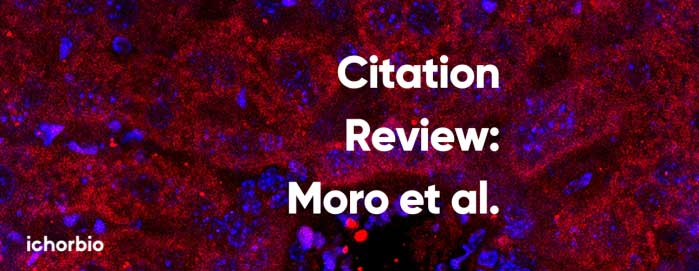eNAMPT Drives Abnormal Blood Vessel Formation in Triple-Negative Breast Cancer Through Direct Effects on Pericytes

eNAMPT Drives Abnormal Blood Vessel Formation in Triple-Negative Breast Cancer Through Direct Effects on Pericytes
A groundbreaking study published in Angiogenesis reveals a previously unknown mechanism by which extracellular nicotinamide phosphoribosyltransferase (eNAMPT) promotes tumor progression through direct effects on blood vessel formation. The research team, led by scientists from the Università del Piemonte Orientale, has uncovered how this cytokine orchestrates the formation of abnormal, pericyte-rich vasculature in triple-negative breast cancer (TNBC).
A Novel Role for eNAMPT in Tumor Vasculature
While eNAMPT has been recognized as a pro-inflammatory cytokine elevated in many cancers, its specific role in tumor blood vessel formation has remained unclear until now. The researchers demonstrated that eNAMPT acts as a powerful chemoattractant for pericytes - specialized cells that wrap around blood vessels and help regulate their function. Using a carefully controlled experimental system, they showed that enriching the tumor microenvironment with eNAMPT led to increased recruitment of pericytes and formation of abnormal blood vessels.
The study employed rigorous controls throughout, including the use of Mouse IgG1 isotype control antibodies from Ichorbio (HKSP84) to validate their findings. This methodological approach helped establish that the observed effects were specifically due to eNAMPT's actions.
Mechanistic Insights
Perhaps most intriguingly, the researchers found that eNAMPT synergizes with platelet-derived growth factor BB (PDGF-BB) to enhance pericyte recruitment and activation. This synergistic effect operates through the NF-κB pathway, leading to increased expression of key chemokines including CXCL8, CXCL1, and CCL2. The team demonstrated this mechanism through careful analysis of gene expression patterns and functional studies using specific pathway inhibitors.
Therapeutic Implications
These findings have significant implications for cancer therapy, particularly in TNBC where treatment options are limited. The research suggests that targeting eNAMPT could provide a novel approach to normalizing tumor vasculature and potentially improving the delivery of other anti-cancer therapeutics. The study showed that using an anti-eNAMPT neutralizing antibody could effectively reduce abnormal vessel formation and decrease metastatic spread.
Future Research Directions
Several promising avenues for future research emerge from this work:
First, investigating whether the eNAMPT-mediated effects on pericytes vary across different cancer types could help identify which patients might benefit most from anti-eNAMPT therapy. Studies examining the relationship between plasma eNAMPT levels and tumor vessel characteristics in patient samples would be particularly valuable.
Second, exploring the potential combination of anti-eNAMPT treatments with existing anti-angiogenic therapies could yield interesting therapeutic strategies. Understanding how eNAMPT inhibition might complement or enhance current treatments would be crucial for clinical translation.
Finally, developing more sophisticated methods to monitor and quantify pericyte-endothelial cell interactions in response to eNAMPT modulation could provide valuable insights into the dynamic regulation of tumor vasculature.
Conclusion
This research represents a significant advance in our understanding of tumor blood vessel formation and identifies eNAMPT as a key regulator of this process. The careful experimental approach, including appropriate controls and mechanistic studies, provides a solid foundation for future therapeutic developments targeting this pathway in cancer treatment.
The study's thoroughness in examining both the cellular and molecular aspects of eNAMPT's effects on tumor vasculature sets a high standard for future research in this field. As we continue to unravel the complex interactions between tumors and their blood supply, insights from this work will undoubtedly inform new therapeutic strategies for cancer treatment.
References
Moro, M., Balestrero, F.C., Colombo, G. et al. Extracellular nicotinamide phosphoribosyltransferase (eNAMPT) drives abnormal pericyte-rich vasculature in triple-negative breast cancer. Angiogenesis 28, 4 (2025). https://doi.org/10.1007/s10456-024-09956-2

